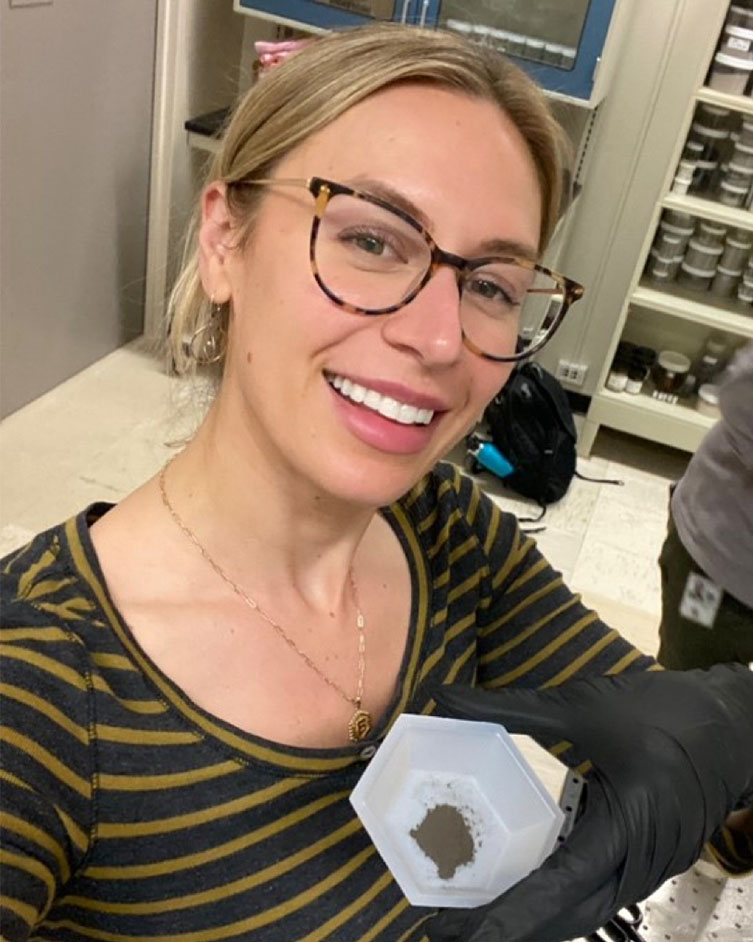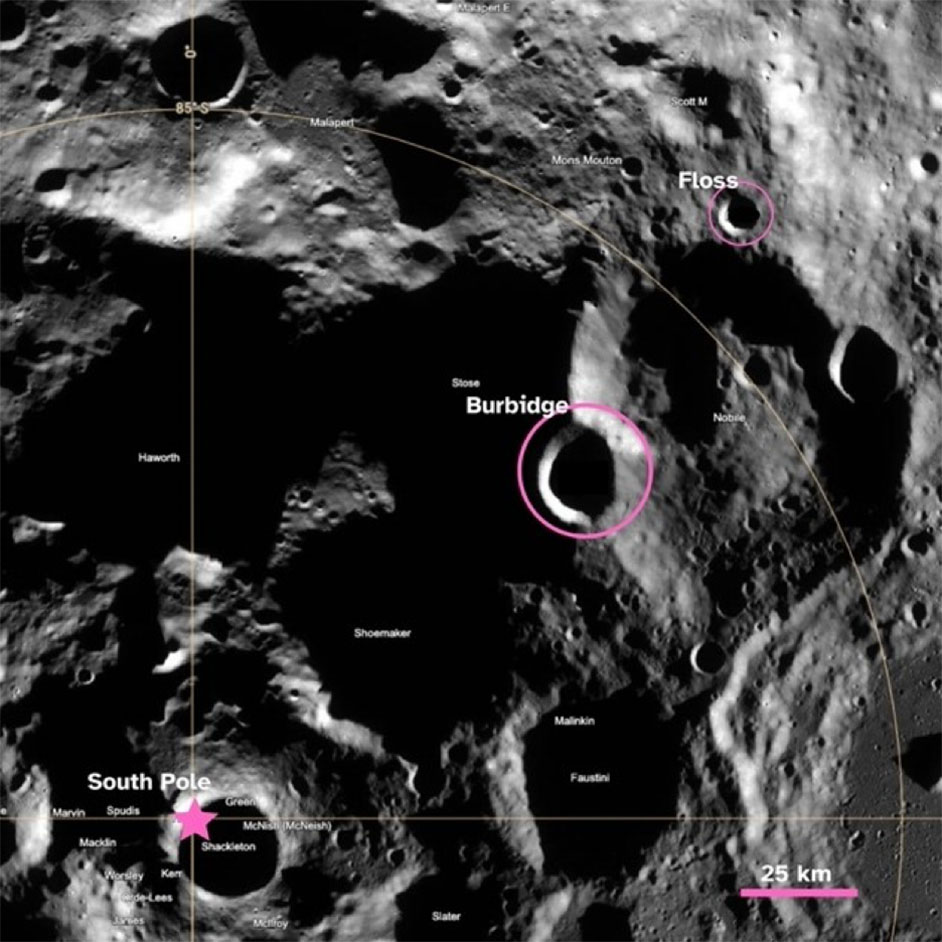Doctoral Candidate Ruby Patterson Names Two Lunar Craters
Connecting Trailblazers of the Past with Visionaries of the Future
Geology doctoral candidate Ruby Patterson achieved a major career milestone by naming two craters on the Moon. Governed by strict naming conventions set by the International Astronomical Union, the Moon requires nomenclature for lunar features to honor explorers of the past. However, Ruby Patterson has boldly broken with tradition, channeling her passion for gender equality and the recognition of women in the planetary sciences.

Burbidge Crater
The first crater, now immortalized as Burbidge Crater, pays tribute to the groundbreaking work of Dr. Margaret Burbidge. Her pioneering research elucidated the process of element formation through nuclear fusion reactions within stars, known as stellar nucleosynthesis. This concept, famously expressed by Dr. Carl Sagan as “we are made of star-stuff,” gained widespread recognition.
Patterson’s decision to honor Dr. Burbidge reflects not only an acknowledgment of historical contributions but also highlights the interconnectedness between humanity and the vast expanse of the universe.

Floss Crater
The second crater, named Floss Crater, is a testament to the contemporary brilliance of Dr. Christine Floss. This distinguished scientist left an indelible mark on the field of meteoritics, contributing groundbreaking insights that have expanded our understanding of stardust, meteorites, and Moon rocks.
Patterson’s choice to include Dr. Floss in this cosmic lexicon symbolizes a commitment to recognizing and celebrating women who shaped and redefined the modern landscape of planetary sciences.
Significant Locations: Earmarked for Exploration in Artemis Program
The significance of Patterson’s endeavor extends beyond nomenclature. The selected craters reside within the geographic zone earmarked for exploration in NASA’s Artemis program, which aims to send the first woman to the Moon. NASA’s Johnson Space Center in Houston will deploy its first-ever home-grown rover, the Volatiles Investigating Polar Exploration Rover (VIPER), to this same region where the Burbidge and Floss craters await exploration.
By immortalizing these craters with the names of pioneering women scientists, Patterson has woven a narrative that connects the trailblazers of the past with the visionaries of the future.
